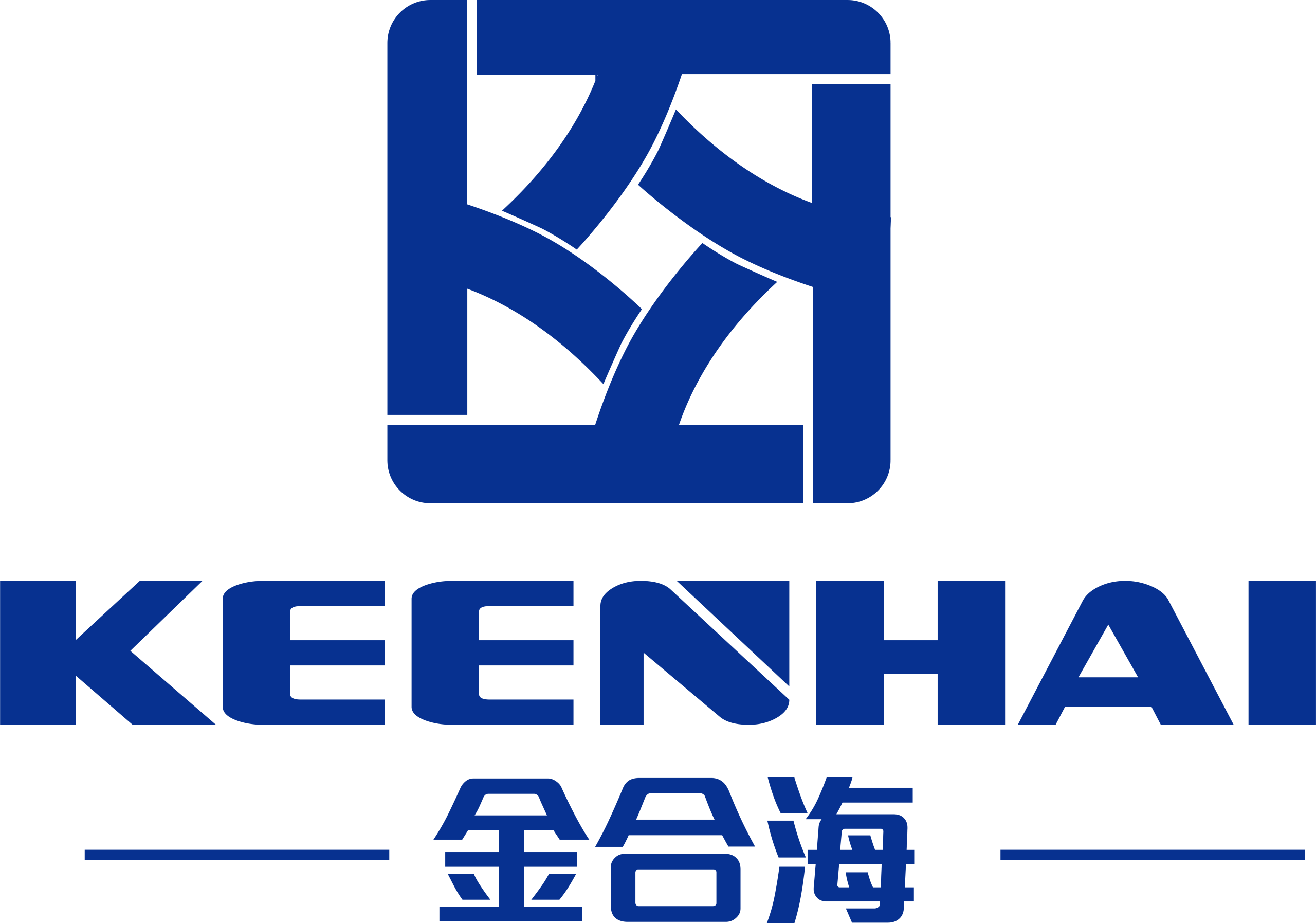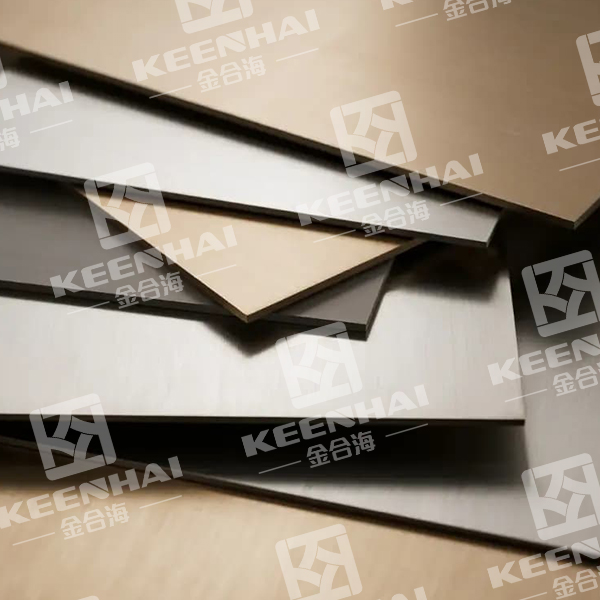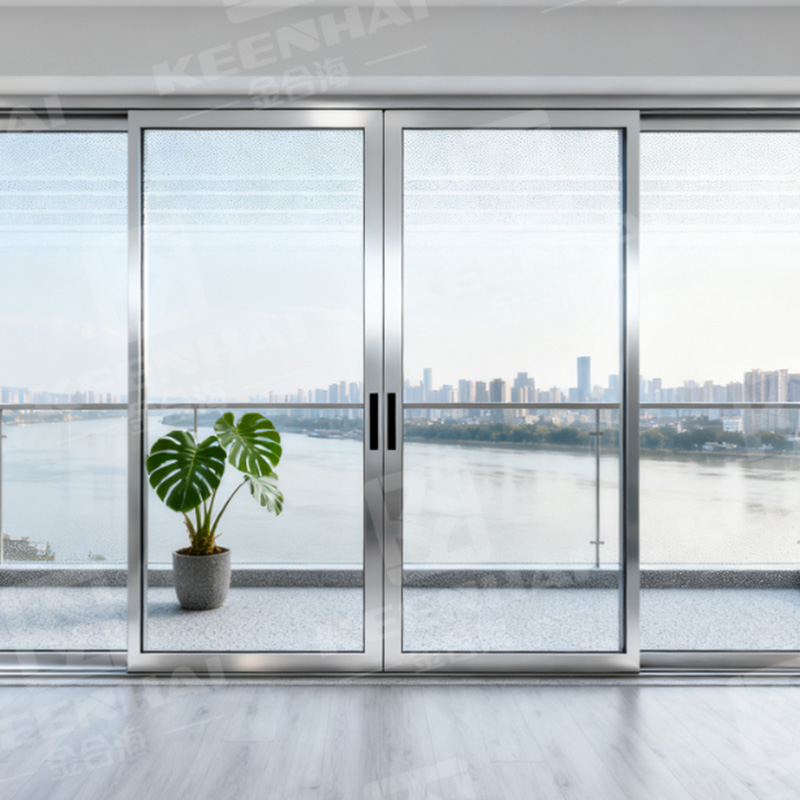PVD stainless steel usually lasts between 15 and 25 years, depending on where and how it’s used. Indoors, like in hotels or wine cellars, the finish can easily hold up for two decades because it’s shielded from harsh weather. Outdoors, on facades or railings, it may show wear earlier due to UV light and rain. Compared to untreated stainless, it keeps its color and shine much longer, with less need for refinishing. That’s why architects and designers often rely on PVD when they want both durability and a premium look.
Average Lifespan of PVD Stainless Steel
1.1 Typical durability in years
When people ask how long PVD stainless steel can last, the answer isn’t a vague “a few years.” In controlled environments such as indoor architecture or luxury interiors, the coating can easily retain its finish for 20–25 years without noticeable fading. Outdoor applications, where panels or stainless steel sheets are exposed to rain, humidity, or direct UV light, usually see a life expectancy of 12–18 years before any minor wear becomes visible.
One reason for this longevity is that the PVD process bonds metallic compounds onto the stainless surface at a molecular level, far stronger than traditional paint or electroplating. It’s why elevator doors clad in gold-toned panels inside commercial towers in Hong Kong still look polished after more than a decade of heavy traffic.
For architects designing स्टेनलेस स्टीलची बाह्य भिंत systems, the lifespan becomes especially critical. Even in coastal climates, a properly maintained PVD façade can preserve its color depth and metallic sheen for 15+ years, outperforming traditional finishes that often fade or peel within a decade.
1.2 Comparison with untreated stainless steel
The durability of PVD-coated material stands out when compared with untreated stainless steel. While stainless is already resistant to rust and corrosion, fingerprints, scratches, and discoloration often appear within just a few years, especially in high-touch environments like lobbies or stainless steel wine cellar installations.
Below is a direct comparison of lifespan expectations between untreated stainless steel and PVD-coated products:
| Material Type | Typical Indoor Lifespan | Typical Outdoor Lifespan | Resistance to Fading & Scratches |
|---|---|---|---|
| Untreated Stainless Steel | 8–12 years | 5–8 years | Moderate |
| PVD Stainless Steel (Coated Surface) | 20–25 years | 12–18 years | उच्च |
In practical terms, this means a shopping mall installing a PVD-coated railing system will likely see the same polished look for nearly two decades, while a bare steel railing may require refinishing after just half that time.
Even the Wikipedia entry on stainless steel acknowledges its corrosion resistance, but it does not account for the extended color retention and wear resistance that PVD technology adds. That’s why developers often explore our PVD stainless steel collection when they need a finish that goes beyond standard performance.
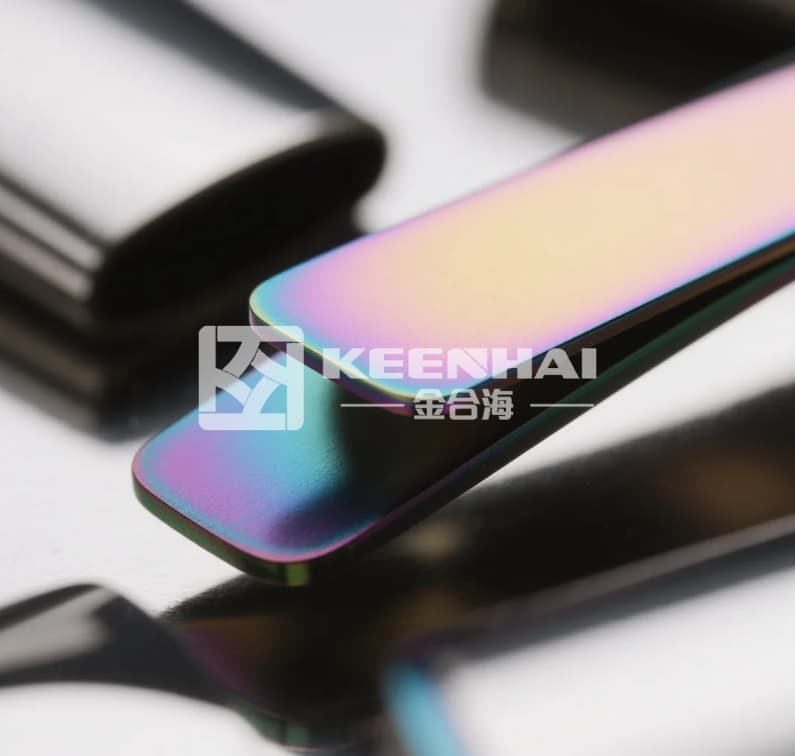
Key Factors That Affect Longevity
2.1 Environmental exposure (indoor vs. outdoor)
The single biggest factor influencing lifespan is whether the material is installed indoors or outdoors. Inside a hotel lobby, a PVD-coated panel can stay flawless for two decades because it’s shielded from constant rain and ultraviolet light. Once the same panel is installed as part of a स्टेनलेस स्टीलची बाह्य भिंत, weather becomes a serious stress test—sunlight gradually challenges color stability, while salty air in coastal regions accelerates wear.
| Installation Environment | Typical Lifespan Range | Common Challenges |
|---|---|---|
| Indoor (malls, hotels, offices) | 20–25 years | Occasional cleaning, minor scuffs |
| Outdoor (façades, canopies, railings) | 12–18 years | UV exposure, rain, coastal humidity |
An architect in Miami once specified bronze-toned PVD panels for a beachfront condominium. Ten years later, the surface still holds its metallic depth, while nearby untreated aluminum panels faded dramatically. That kind of contrast shows why developers lean toward advanced finishes when building near the ocean.
2.2 Level of physical wear and usage
Even the toughest finish can’t avoid the impact of daily human contact. Think of elevator doors in a busy commercial tower—hundreds of people press against them every hour. In these settings, scuff marks, scratches, and fingerprints would quickly dull untreated steel. With PVD, however, the harder surface layer resists abrasion.
In contrast, a decorative stainless steel sheet used as a ceiling panel in a high-end restaurant sees almost no contact. There, the coating will likely outlive the building’s renovation cycle itself. The balance is simple: the more hands, carts, or equipment touch the surface, the more demanding the conditions, and the faster any material—coated or not—shows signs of fatigue.
2.3 Maintenance and cleaning practices
No matter how strong the finish, neglect will shorten its life. Routine care plays a surprisingly big role in how long a PVD surface looks fresh. Using mild cleaners and soft cloths preserves the coating, while harsh chemicals or abrasive pads gradually strip away its protective sheen.
Owners of luxury stainless steel wine cellars often schedule quarterly maintenance, not because the panels fail quickly, but because fine dust and fingerprints accumulate. Regular care keeps the reflective surfaces pristine and extends longevity well beyond what you’d see in an untreated installation.
Even in public architecture, cleaning crews are trained to avoid bleach-based detergents. According to Wikipedia, PVD coatings are thin but extremely durable when handled correctly—making smart cleaning choices the difference between a decade of beauty and a lifetime of resilience.
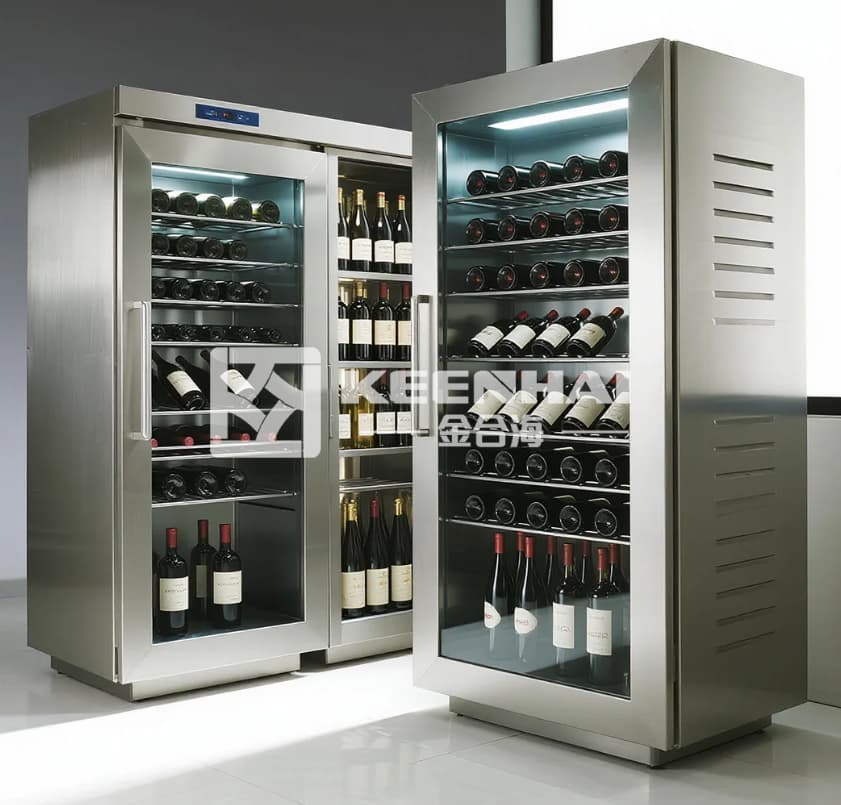
Performance in Different Applications
3.1 Architectural panels and facades
Architects often select PVD-coated materials for large façades because the finish combines aesthetics with durability. On a shopping mall exterior, bronze-toned panels can withstand wind, rain, and direct sunlight for more than a decade without showing streaks or peeling. This is in stark contrast to painted aluminum cladding, which often needs refinishing after just 5–7 years.
| अर्ज प्रकार | Typical Lifespan | Maintenance Frequency |
|---|---|---|
| PVD-Coated Architectural Panels | 12–18 years | Annual inspection |
| Painted Aluminum Panels | 5–7 years | Repainting every 5 yrs |
When applied to a स्टेनलेस स्टीलची बाह्य भिंत, the PVD finish also helps prevent the chalky discoloration that plagues traditional coatings. For property developers, this means lower maintenance costs and more consistent curb appeal over time.
3.2 Elevator doors and interior design
In high-traffic areas like office towers, elevator doors are constantly pushed, tapped, and leaned on. Without added protection, stainless panels quickly accumulate scratches and smudges. With a PVD coating, the story changes dramatically:
-
The molecular-level bond creates a hard surface that resists scratches from everyday contact.
-
The coating reduces fingerprint marks, keeping doors looking polished between cleanings.
-
Even in buildings where thousands of people pass daily, the finish maintains its sheen for over a decade.
An interior designer specifying a gold-toned surface for an elevator lobby doesn’t just want beauty on day one; they want that same shine after 15 years of use. That’s why many projects explore our PVD stainless steel collection when durability and luxury must go hand in hand.
3.3 Kitchenware and household products
At the smaller scale, PVD coatings bring both style and endurance into homes. Knives, cutlery, and decorative bowls treated with this finish resist the discoloration that often appears after repeated dishwasher cycles. Homeowners appreciate two things most:
-
The ability to enjoy bold colors—such as black or rose gold—that won’t fade after daily washing.
-
The peace of mind that the coating is food-safe and chemically stable, unlike cheaper surface paints.
A premium stainless steel sheet finished with PVD can be cut and shaped into custom kitchen backsplashes. In practice, this means a homeowner can cook with high heat and frequent splashes of oil, yet the backsplash remains just as vibrant as the day it was installed.
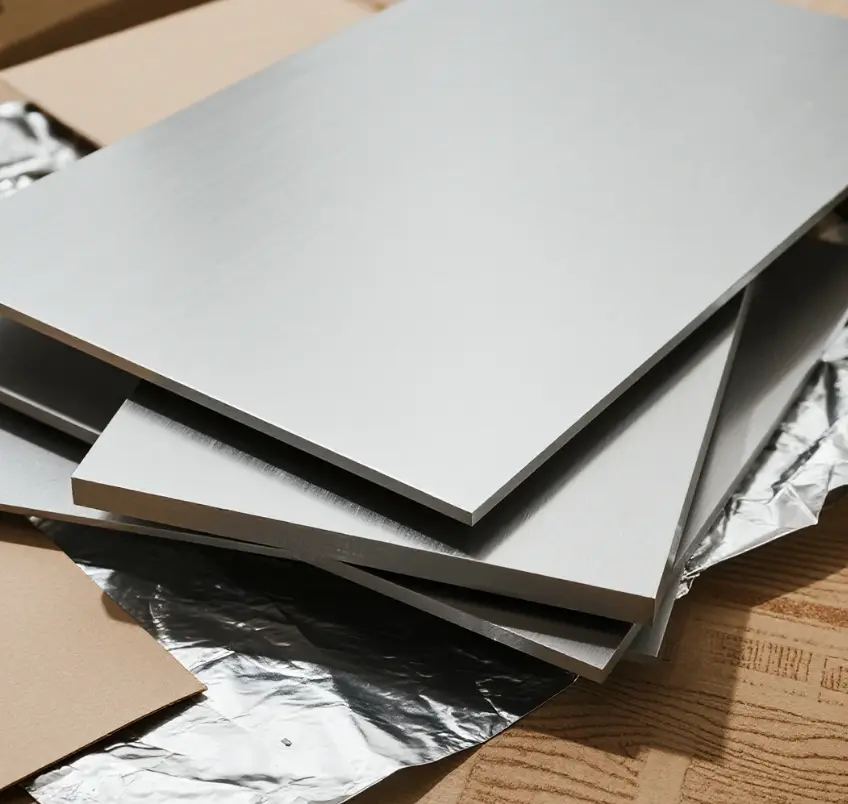
Resistance to Corrosion, Scratches, and Fading
4.1 Protective properties of the PVD coating
One of the main reasons architects specify PVD-coated panels is the way the coating strengthens the steel’s natural corrosion resistance. In coastal projects like beachfront hotels in Dubai, standard stainless will eventually develop tea-staining due to salt in the air. With a PVD finish, however, the surface behaves almost like a shield: water beads off, and airborne pollutants struggle to penetrate the layer.
In practice, this makes decorative stainless steel panels more reliable for outdoor installations, where the risk of corrosion is usually high. Developers who once budgeted for regular refinishing now see coatings last 15 years or more without visible rust marks.
4.2 Color retention over time
Traditional surface paints fade under direct UV exposure, especially in hot regions like Singapore or Miami. PVD stainless, on the other hand, retains its depth of color for years because the pigments are not superficial—they are embedded into the coating at a molecular level.
| Finish Type | UV Exposure Result After 10 Years | Color Retention Rating |
|---|---|---|
| Painted Aluminum Panels | Noticeable fading, chalking | कमी |
| PVD Stainless Steel Finishes | Minimal fading, consistent tone | उच्च |
For instance, a shopping center in Kuala Lumpur installed rose-gold PVD stainless steel elevator finishes across ten floors. Even after a decade of heavy use and constant sunlight through glass atriums, the panels still look close to brand-new, keeping the interiors aligned with the luxury image developers want.
4.3 Scratch resistance in high-traffic areas
Scratch resistance is where the PVD finish truly separates itself. In public spaces such as airport terminals, where luggage carts and cleaning equipment constantly brush against surfaces, untreated steel often develops visible scuffs within months. With PVD, however, the hardened layer takes the impact instead of the steel beneath.
-
Daily traffic marks, like shoe scuffs or bag scratches, leave little to no impression.
-
Cleaning staff can safely wipe down the panels with soft cloths, knowing the finish won’t wear thin.
-
Even after years of physical contact, the panels retain their reflective shine.
A luxury hotel in Las Vegas used gold-toned stainless steel products for its reception area columns. Despite thousands of guests passing through every day, the surfaces remain as striking as the day they were installed—proof of how well the coating handles constant physical stress.
If you’re deciding which grade to use, read our in-depth comparison:What is a PVD stainless steel sheet?
